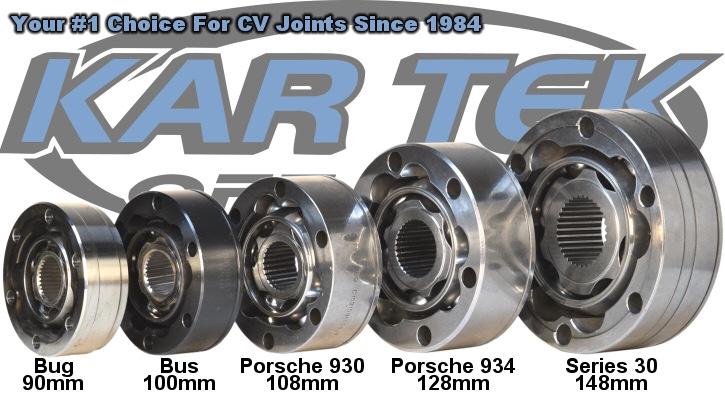Super excited about the development on the D-6. Changed some of the tube work in the rear.
33 gallon fuel cell added. I feel like I could double the fuel capacity with no issue. There is a number of ways to go about doing it, aside from stacking an auxiliary desert tank on top of the existing one. Surely, an option I'm going to look at later for lots of miles on the race course without stopping for gas. An auxiliary tank like that would be simply gravity fed with a small hose. An auxiliary tank like that, above the main tank would require an external tube cage around it. I feel like the sky is the limit on options there.
At some point over the years, I've acquired the taste for a sump tank. I may have plenty of room for a 5 to 10 gallon sump tank under the driver seat. In a perfect world, the idea would be 1 or 2 fuel tanks, feeding the sump tank where the fuel is picked up. Incorporating the feed fitting to enter the sump tank at the top\forward side of the tank under the seat. That way every time the car is going up hill, it always has a full 5 gallon reservoir to pull from.
I feel like this chassis is smaller than it looks. It will get thinner at the bottom, so I may have a heavy eye on fuel capacity, and where I can get it from.
My goal today was to get more of the chassis and parts lay out done to get a visual. I think I succeeded with the main fuel cell, and the spare tire.
It's been a long day and I'm probably rambling, but I was pushing to post an update for yours and my own visual purposes, because I'll leave for Kentucky/West Virginia mountains for the next week or so without internet and a computer. I don't know, I may put my little brother in the drivers seat of my Dodge at 6 am so I can stay up and mount the radiator, transmission cooler, and the oil cooler on this thing tonight to get it posted.
Before I forget.... I'm working all around dimensions on seating position. I measured one of my late 80's Toyota trucks. Seat slid all the way back, with the dimensions on the firewall where the gas pedal is floor boarded. Looks like everything seating position wise is within range of optimizing. Like, within an inch or 3 but it looks good to get right.






